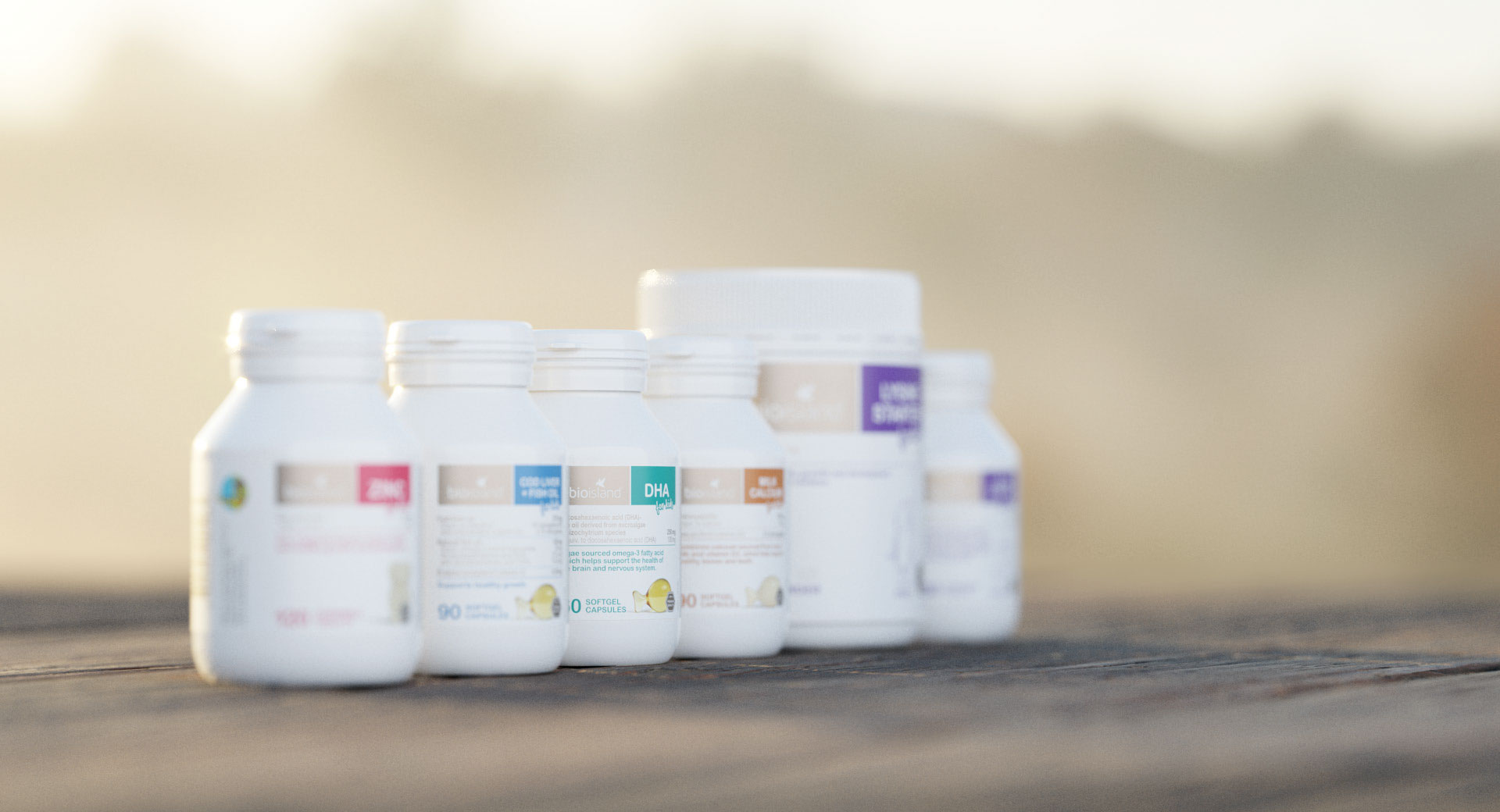
Decoding drinks: what is in popular drinks and the impact on nutrition for you and your child
Ever wondered what a nightly soft drink or energy drink does to you or your child? Here are some key things to look out for and if you may need to make a swap on your drink choice.
By Bio Island Nutrition Team
Ever wondered what a nightly soft drink or energy drink does to you or your child?
This blog will provide an overview of key things to look out for and if you may need to make a swap on your drink choice. So let’s take a good look and read of the nutritional panel of the drink of choice and considered what it is made of.
Added sugar
Everyone has a sweet tooth, but it can be influenced at a young age and grow from there. Added sugar is sugar carbohydrates added to food during the production phase. Sugar is added not only for taste but also for shelf life and texture. Added sugar is chemically blurry from naturally occurring sugar. But the term added sugars has come about to help consumers understand how much is natural and how much has been added to a particular food. Being able to determine the amount of sugar in a drink can help put a perspective on how much liquid sugar you are consuming before any food is eaten. While there isn’t currently a recommended daily intake level of sugar in Australia, The World Health Organisation recommends our sugar consumption should only make up five per cent of our total daily calorie intake, which equates to about 25g or six teaspoons per day for the average person.
Food additives & Preservatives
Generally, food additives and preservatives are added to help make a food item or drink taste, look and feel better. When reading a label, they are usually followed by numbers and comma’s depending on how many have been added. The most common additives are artificial colouring, monosodium glutamate (MSG), sodium benzoate, aspartame and sodium nitrite. There are 1000’s of different names for additives and each of them will offer a role in stopping food from going rancid or just to make the food taste a different way. Being aware of how many preservatives have been added to a food item and if there is more than 2-3 words on the label you don’t know then potentially opting for a different version or food may be a better and healthier choice.
How to read a Nutritional Panel
Food standards Australia and New Zealand set the food labelling standards and can be found in the food standards code. The nutritional panel will include information regarding the ingredients list, nutrition information and content claims. Understanding the ingredients list is straight forward, the ingredients are to be listed in descending order by ingoing weight and by a common, descriptive or generic name. So, the item listed first in the ingredients list is what the food item contains the most and goes down from there. The key is knowing the different names of ingredients, as they won’t always be straight forward. The nutritional label will show the average energy amount for protein, fat, carbohydrate, sugars and sodium in a serve and per 100g.
Below is a list of some popular drinks and the first 5 ingredients listed:
|
Drink: |
First 5 ingredients |
Sugar per serve: |
Calories: |
|
Tropical fruit juice 200ml |
Reconstituted fruit juice (apple or pear 64.3%, pineapple 28%, orange 4%, peach puree 2%, passionfruit 1%), citric acid
|
17.2 4.3 Teaspoons |
89 Calories |
|
Energy drink 250ml |
Carbonated water, acidity regulators, malic acid, citric acid and taurine
|
26.5g 6.6 Teaspoons |
117 Calories |
|
Lemonade Soft drink 200ml |
Carbonated water, sugar, citric acid, flavourings, sodium benzoate
|
22g 5.5 Teaspoons |
92 Calories |
|
Chocolate milk 200ml |
Milk, milk solids, sugar, polydextrose, cocoa powder (0.9%)
|
24.4g 6.1 Teaspoons |
172 Calories |
|
Sports Drink 600ml |
Water, high fructose corn syrup, citric acid, salt, magnesium chloride
|
34.8g 8.7 Teaspoons |
151 Calories |
|
Banana Smoothie 450ml |
Low fat milk, banana, honey, vanilla yoghurt & ice |
55.2g 13.8 Teaspoons |
349 Calories |
Health impact
Depending on the drink of choice and how often and how much it is being consumed, is how bad the effect on health may be. Long term damage may play a role in obesity, heart disease, diabetes, liver damage or even behavioural changes. Children’s bodies are growing and changing at a rapid rate and with a poor diet they will not be getting the nutritional needs important for creating a healthy life and development. Considering the amount of added sugars and preservatives there is discussion that it can also alter how the brain functions and impacts during pregnancy.
Learning to read the nutritional panel of food items can help you and your family make healthier choices and create healthier behaviours. Learning key words for not only sugar but also any preservatives can make a difference to how you make your future food choices. Remembering that sugar is ok in small amounts and going for natural sugar like fruit is always a better option than a soft drink.
This information does not take into account your personal situation and is general in nature. You should consider whether the information is appropriate for your needs and seek professional medical advice.
Always consult your healthcare professional before taking any supplements or if any concerns arise.




